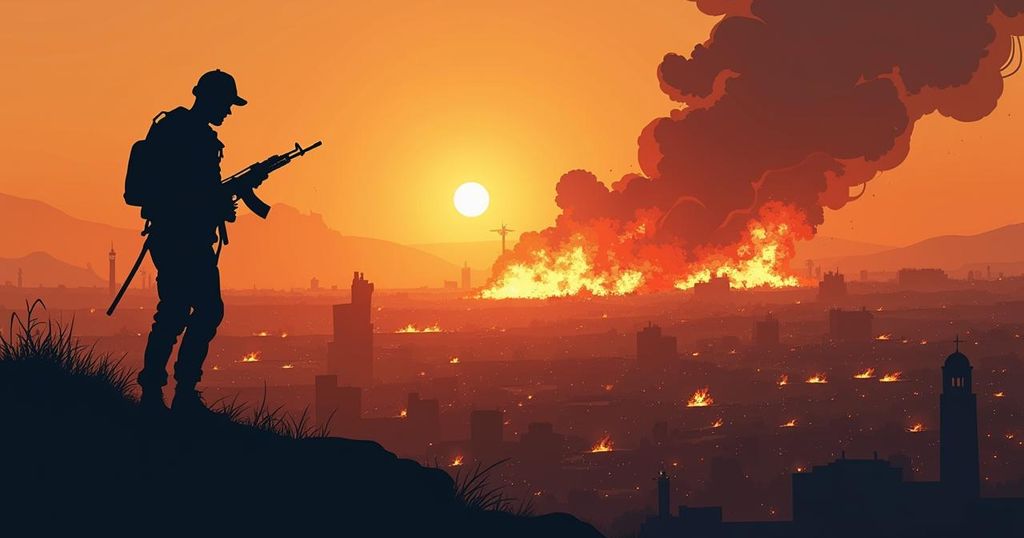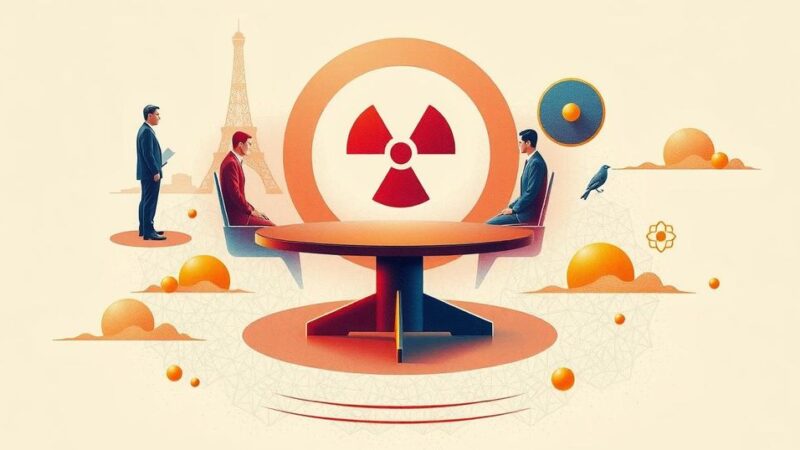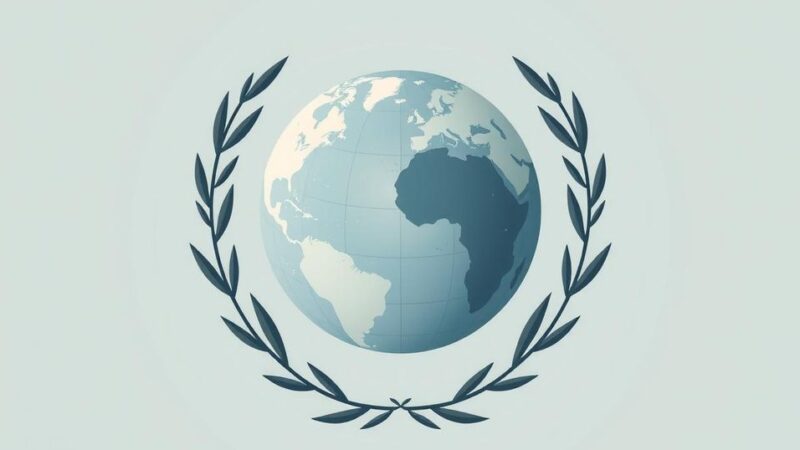The Israel-Gaza conflict has reached its second year, with significant cross-border skirmishes reported between Israel and Hezbollah. Hezbollah’s recent attacks are seen as a show of support for Palestinians, leading to intensified Israeli military actions. This situation exacerbates the ongoing humanitarian crisis in Gaza and reflects broader regional tensions involving Iran-backed Hezbollah.
Overnight, significant hostilities occurred along the Israel-Hezbollah border as the ongoing conflict in Gaza marked its second year. In a show of solidarity with Palestinians, Hezbollah launched numerous strikes against Israeli settlements and military positions, including an attack on the Glilot military base near Tel Aviv. In retaliation, the Israeli Defense Forces reported targeting over 70 Hezbollah installations, including intelligence operations in Beirut and a weapons manufacturing facility. This conflict, ignited by an unprecedented attack from Hamas militants on October 7, 2023, has resulted in extensive loss of life, with estimates of around 1,200 Israelis killed and numerous civilians abducted. Following this assault, Israel declared war on Hamas, subsequently launching a ground offensive that has caused significant displacement in the region. In addition to the Gaza conflict, tensions with Hezbollah, a militant group supported by Iran, have intensified, leading to Israeli military incursions into southern Lebanon. Such actions have resulted in casualties exceeding 1,400 individuals, including the death of Hezbollah’s prominent leader, Hasan Nasrallah. The inherently volatile Israel-Lebanon border has seen escalations in violence historically since the establishment of the state of Israel in 1948. Within Gaza, the ongoing Israeli military operations have wrought devastation, resulting in tens of thousands of deaths and leaving a considerable portion of the population facing severe humanitarian crises described as “famine-like conditions”. Despite international pressure, Israel has steadfastly resisted increasing humanitarian aid to the region. U.S. involvement in the conflict remains significant, as it provides military assistance and financial support to Israel, even amidst political strain highlighted by tensions between Israeli Prime Minister Benjamin Netanyahu and certain U.S. politicians, including President Joe Biden. The United States has consistently opposed or abstained on UN resolutions calling for ceasefire measures. The Israeli-Palestinian conflict is deeply rooted, with complex historical grievances and mistrust extending back well before the founding of Israel in 1948. The conflict along the Israel-Lebanon border provides further context to the current state of affairs in the region.
The ongoing conflict between Israel and Hamas began on October 7, 2023, with a coordinated attack that was unprecedented in scope, leading to immediate military retaliation by Israel. The war has since escalated, with Hezbollah’s involvement introducing another layer of conflict. The historical roots of the Israeli-Palestinian conflict are complex, intertwined with centuries of territorial disputes, ethnic tensions, and national aspirations that date back to before the establishment of Israel. The situation in Gaza has deteriorated to alarming levels, prompting concerns from international observers regarding humanitarian rights and military actions that disproportionately affect civilians.
In conclusion, the Israel-Gaza war has now extended into its second year, marked by escalated violence not only in Gaza but also along the Israel-Lebanon border due to Hezbollah’s involvement. The humanitarian catastrophe in Gaza continues to unfold as the international community grapples with the implications of prolonged conflict. U.S. support for Israel remains firm, despite domestic political tensions and global calls for peace. The historical complexities of the Israeli-Palestinian conflict serve as a backdrop to the current hostilities, complicating any potential resolution.
Original Source: www.washingtonpost.com






